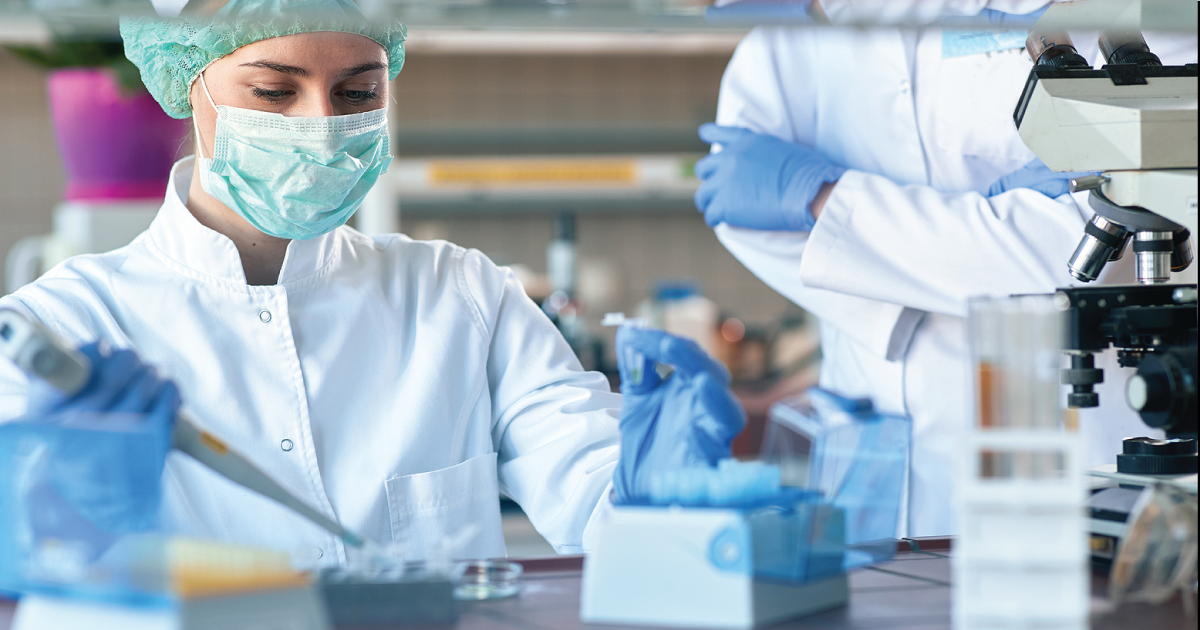
Opinion: The World Still Hasn’t Figured Out How To Regulate Research Into Deadly Viruses
A year ago this month, much of the world went into lockdown. This spring, the world is mostly coming out of lockdown. Vaccinations are increasing. Infections, hospitalizations and deaths are decreasing. But once the public health emergency subsides and our lives slowly return to normal, there’s an urgent question that needs to be addressed: How can we make sure this doesn’t happen again?
March 11, 2021 | Source: The Washington Post | by Brian Klaas
A year ago this month, much of the world went into lockdown. This spring, the world is mostly coming out of lockdown. Vaccinations are increasing. Infections, hospitalizations and deaths are decreasing. But once the public health emergency subsides and our lives slowly return to normal, there’s an urgent question that needs to be addressed: How can we make sure this doesn’t happen again?
To answer that question, we must understand how this pandemic began. Yet the origin story of covid-19 remains a mystery. China’s official explanation (which is also endorsed by many scientists) is that the novel coronavirus likely made the leap from animals to humans. That might be precisely what happened. Pathogens known as zoonotic diseases commonly spread that way.
There’s also a rival hypothesis, that covid-19 resulted from a “lab leak” — an accident at the Wuhan Institute of Virology. That could be a baseless conspiracy theory, but it’s not impossible. Lab leaks do happen. But whether it caused this pandemic or not, a lab accident could certainly cause the next one. Scientists have been sounding that alarm for some time, well before the current pandemic began.
